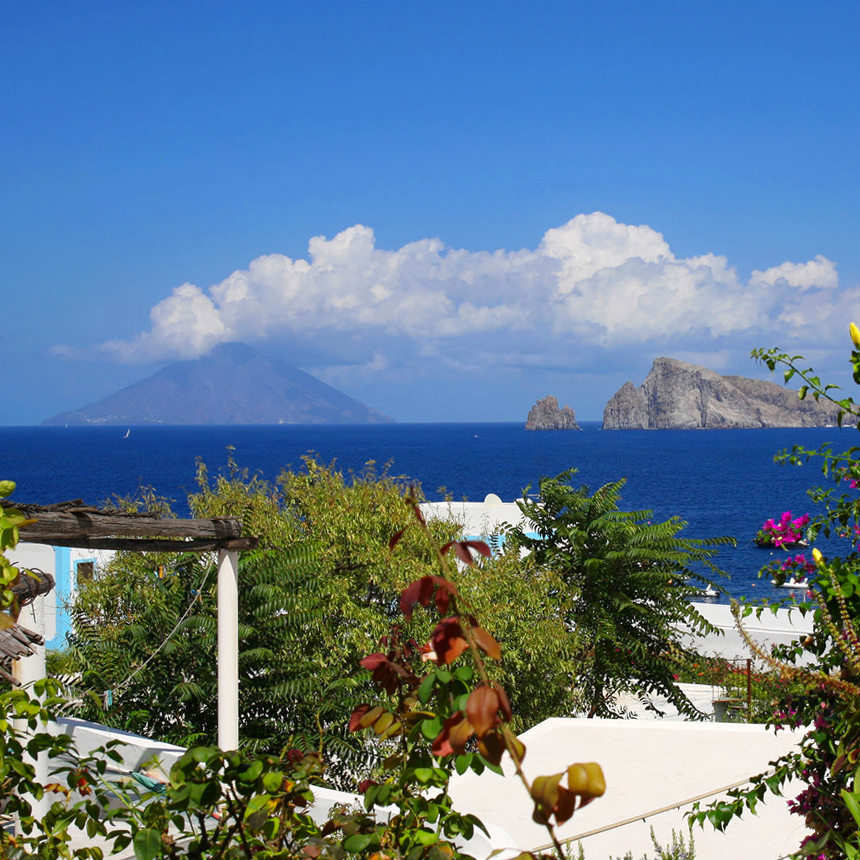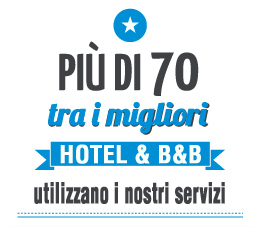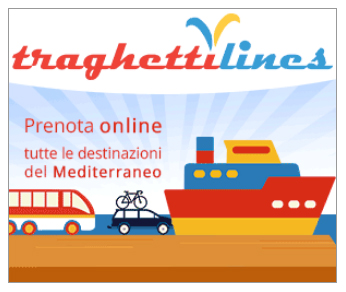It was back in 2001 when I first spotted and gave a name to yet another type of entertainment: the “show-window”. It was no coincidence that this was shortly after the first Italian edition of Big Brother on television, which concluded on December 21, 2000. Thanks to the first series of this popular reality show, ordinary people began to want to be centre stage. Always and using any methods.
Since then, the common housewife in Voghera no longer simply watches a show, but wants to be part of it. Lads no longer watch sexy professional dancers in awe, but expect to be able to dance with them, in the spotlight. Representatives of the fairer sex are no longer content to ask footballers for autographs, but desperately want to eat and dine with them. High-flying entrepreneurs no longer feel the need to marry a girl of good family, but are on the look-out for a “media” proficient girlfriend to help their career.
Families no longer go to the beach to sunbathe and swim, but want to belong to a sort of ‘village on the beach’, where they can show off their cultural knowledge in the library area, their bodies in the gym area, their good taste at the ethnic market, their swing on the golf course and their psychophysical wellbeing at the spa.
In short, the “show-window” came into being as a place to hang out, to watch and, more importantly, to be seen, by virtue of an irrepressible desire to take centre stage that seems to have infected the world.
It is not what you actually eat, drink, dance or listen to in the “showcase destination”, but the atmosphere, the people there, the recognisability of those around us and the visibility you get as a result. Because being seen by one of your friends (better if a group of friends) ready to tell the world about your being in the right place at the right time is worth more than anything else on earth. It boosts your “image”, that sacred word in today’s society.
A This latest social metamorphosis is the result of a phenomenon known as “showcasing” leading to the absurd importance given today to ‘appearance’ as opposed to the actual thing or person. To explain the early signs of this phenomenon, we should really talk about the First and Second Industrial Revolution, bartering and “Passages” in Paris, as well as bringing in Walter Benjamin who, back in the 1930s, pointed out the “transfiguration of the use value” on seeing consumer goods put on a pedestal like a work of art to enjoy and value.
But space is limited. Today we can observe how the showcase has gradually exaggerated its role as a way to stage the product and that this is no longer seen as a mere commodity. Likewise, humans are now yearning to be the main actors in the play. Hence the emergence and proliferation of a new form of tourism is just a short step away.
A form of thematic tourism, yes, but unlike any other, because of some considerable crossover. In other words, a tourism capable of attracting holiday makers of all ages, cultures, backgrounds and social classes. A tourism intended to tickle the ego of the increasing number of people ready to appreciate the super-ego more than the id. I call this Ego-Tourism, the “compulsive migration towards showcase destinations”. Locations full of potential show-windows, highly coveted by those who want to breathe in the air of a reality show by just walking down the high street.
Places affording plenty of opportunity for that chance encounter, an exchange of words, a photo or gossip-magazine anecdote to tell or show back home. All food for the Ego-Tourist, convinced that he/she can feed on flashes of reflected light. A good example is the crowd that always gathers on the quay at Porto Cervo at about 9 pm in August: grandmothers, mothers, fathers and children, all in their flip-flops, spying on the guests of the yachts at moor… Be careful, though. The “showcase destination” status must not be taken for granted.
Indeed, far from it. All it takes is an unpopular change to beach or mountain hut regulations, a revised timetable or route, new council rules, different parking regulations or the poor management of a previously successful concern and the trendsetters will unexpectedly change course.
And with them, their countless followers. Santa Margherita Ligure, Palinuro, Riccione, Fregene, Sant’Antioco Capalbio, Santa Maria di Leuca, Argentario, Ischia, Terminillo, Abetone and Etna are just some of the areas that have experienced for themselves the vagaries of Ego-Tourism.
Maybe even without being fully aware of it. Moreover, the variables of the system are numerous enough. Suffice to say, in order to rise to prominence as a “showcase destination” public administrations must be willing to work side by side with enlightened entrepreneurs and the mental reset must be at least seasonal for ego-tourism fans.
Yet those who work, plan, organise and communicate with care can receive undeniable and immediate great benefits. Even from unexpected directions. That said, do you really think the Aeolian Islands could be considered an ideal destination for ego-tourists? The situation is really quite obvious, but I would really love to hear your thoughts on this.
In the meantime, happy holidays!
© ALL RIGHTS RESERVED
Summary

Article Name
EGO-TOURISM!
DescriptionDo you really think the Aeolian Islands could be considered an ideal destination for ego-tourists?
Author
Roberto Piccinelli
Publisher Name
Roberto Piccinelli
Publisher Logo






